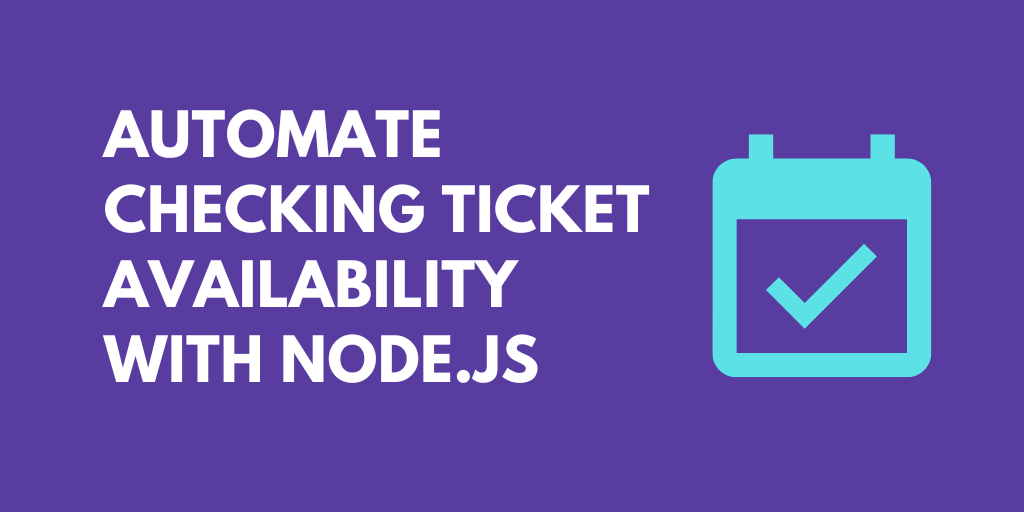What do you want to automate
with ScrapingBee and Node?
Prompt, edit and deploy AI agents that connect to ScrapingBee, Node and 3,000+ other apps in seconds.
Trusted by 1,000,000+ developers from startups to Fortune 500 companies
Popular ScrapingBee and Node Actions#
Write custom Node.js code and use any of the 400k+ npm packages available. Refer to the Pipedream Node docs to learn more.
Overview of ScrapingBee#
The ScrapingBee API lets you extract data from web pages programmatically. It handles headless browsers and rotating proxies, so you can focus on data extraction without worrying about common web scraping issues like getting blocked. On Pipedream, you can tap into ScrapingBee's capability to create serverless workflows that scrape web data and connect them with numerous services for processing, storing, or triggering actions.
Connect ScrapingBee#
import { axios } from "@pipedream/platform"
export default defineComponent({
props: {
scrapingbee: {
type: "app",
app: "scrapingbee",
}
},
async run({steps, $}) {
return await axios($, {
url: `https://app.scrapingbee.com/api/v1/`,
params: {
api_key: `${this.scrapingbee.$auth.api_key}`,
json_response: `True`,
url: `https://pipedream.com`,
},
})
},
})
Overview of Node#
Develop, run and deploy your Node.js code in Pipedream workflows, using it between no-code steps, with connected accounts, or integrate Data Stores and File Stores
This includes installing NPM packages, within your code without having to manage a package.json file or running npm install.
Below is an example of installing the axios package in a Pipedream Node.js code step. Pipedream imports the axios package, performs the API request, and shares the response with subsequent workflow steps:
Connect Node#
// To use previous step data, pass the `steps` object to the run() function
export default defineComponent({
async run({ steps, $ }) {
// Return data to use it in future steps
return steps.trigger.event
},
})Community Posts#
